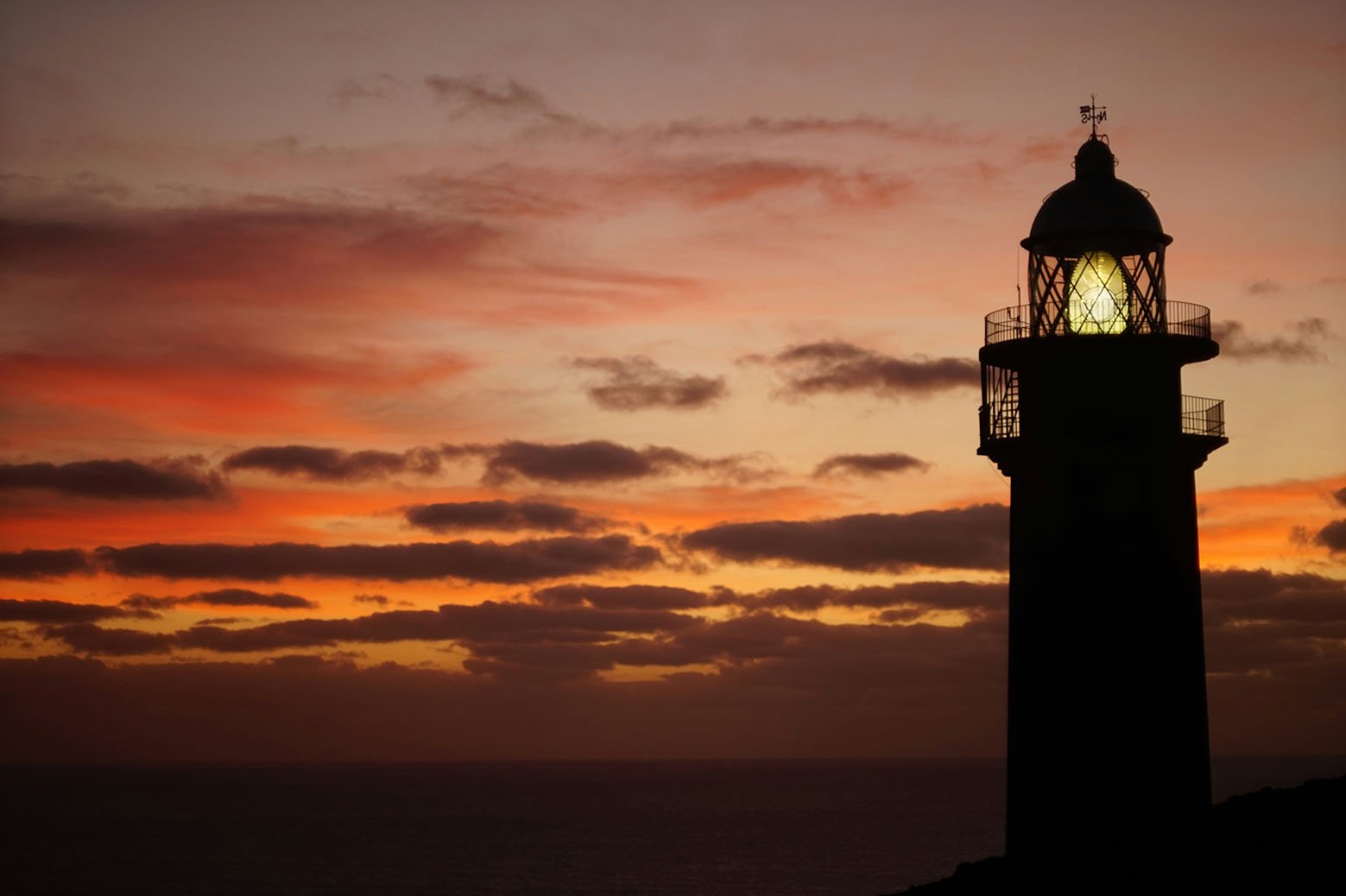The Fortunate Isles
The Canary Islands, an archipelago located in the Atlantic Ocean, are positioned just off the northwestern coast of Africa. Composed of seven main islands and several smaller islets, this Spanish territory possesses a unique geographical significance as a bridge between Europe, Africa, and the Americas. The islands are recognized for their diverse topography, ranging from volcanic landscapes to lush forests, providing a remarkable variety to both residents and tourists alike.
The climate in the Canary Islands is another key element of their appeal. Often referred to as the "Islands of Eternal Spring," they enjoy a subtropical climate characterized by warm temperatures and moderate rainfall throughout the year. This pleasant weather supports an abundance of flora and fauna, making the islands a haven for nature lovers and outdoor enthusiasts. The temperate climate attracts visitors year-round, providing them with the opportunity to explore stunning beaches, hiking trails, and volcanic parks.
Culturally, the Canary Islands boast a rich heritage that reflects a blend of indigenous Guanche, Spanish, and African influences. This diversity is celebrated through lively local traditions, festivals, and delicious culinary offerings. Each island has its distinct character and cultural practices, enriching the overall experience for tourists. From traditional music and dance to unique culinary experiences, the islands offer a deep connection to their roots that is both fascinating and immersive.
Places
Canary Island Highlights
Fuerteventura: Breath-taking Beaches and Water Sports
Fuerteventura, one of the enchanting Canary Islands, is renowned for its stunning beaches characterized by white sands and crystal-clear turquoise waters. The island boasts an array of picturesque coastal areas that draw visitors from around the globe, making it an ideal destination for beach lovers and outdoor enthusiasts alike. Among the most notable beach locations are Corralejo and Costa Calma, both of which offer unique experiences for those seeking relaxation or adventure. Corralejo, located in the northern part of Fuerteventura, is famous for its extensive dune landscapes, providing a dramatic backdrop for sunbathing and leisure activities. The beach here is well-known for its fine white sand and vibrant atmosphere, making it a hub for various water sports. Surfing, windsurfing, and kite surfing are particularly popular due to the favorable winds and waves, attracting thrill-seekers and professionals who appreciate the challenging conditions. Numerous schools and rental shops are available, catering to both novices and seasoned practitioners. On the other hand, Costa Calma, situated on the southern coast, is celebrated for its tranquil ambiance and breathtaking views. This idyllic setting is perfect for unwinding on the beach or enjoying leisurely strolls along the shore.
La Palma: The Green Island and Roque de los Muchachos
La Palma, often referred to as the “Green Island,” is renowned for its stunningly lush landscapes and diverse natural beauty. With its rich vegetation, steep cliffs, and an array of protected national parks, La Palma stands out among the Canary Islands as an ideal destination for nature lovers and hiking enthusiasts. The island's mild climate and fertile soil create a unique ecosystem, home to a variety of endemic plant species, making it a perfect spot for those looking to explore pristine natural settings.
The island boasts numerous hiking trails, winding through its verdant forests and offering breathtaking views of the rugged terrain. Popular trails such as the Caldera de Taburiente National Park invite visitors to immerse themselves in the island's unspoiled beauty, presenting an opportunity to witness La Palma’s diverse flora and fauna. Adventurers can traverse ancient paths, cascading waterfalls, and volcanic landscapes, which contribute to its reputation as a hiker's paradise. It is an aspect of La Palma that attracts outdoor enthusiasts year-round. At the pinnacle of La Palma lies the Roque de los Muchachos, a prominent peak that is home to one of the world's leading astronomical observatories. This location has established itself as a vital site for stargazing and astronomical research due to its exceptionally clear skies, minimal light pollution, and high elevation.

El Hierro: A Volcanic Island of Natural Wonders
El Hierro, the smallest of the Canary Islands, is renowned for its dramatic volcanic landscape and commitment to sustainable tourism. Formed through volcanic activity, El Hierro boasts a unique geological profile characterized by steep cliffs, craggy coastlines, and verdant landscapes. The island’s volcanic origins have resulted in a rich diversity of flora and fauna, making it an appealing destination for nature enthusiasts and travelers seeking tranquility. One of the most striking features of El Hierro is its stunning cliffs, which offer breathtaking views of the Atlantic Ocean. The cliffs not only provide a picturesque backdrop but also serve as habitat for various bird species, contributing to the island’s biodiversity. Visitors can enjoy hiking trails that wind through these rugged terrains, allowing for an immersive experience in nature. Furthermore, the island's commitment to preserving its natural environment is reflected in its designation as a UNESCO Biosphere Reserve.
El Hierro is also home to several natural pools, where visitors can swim in crystal-clear waters surrounded by volcanic rock formations. These pools provide a refreshing escape and an excellent opportunity to connect with the natural beauty of the island. Additionally, El Hierro is recognized for its exceptional diving opportunities. The underwater marine reserve surrounding the island is teeming with vibrant marine life, making it an ideal spot for divers of all levels. The combination of volcanic reefs and abundant species creates a captivating underwater ecosystem for exploration.


